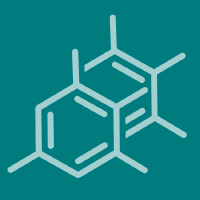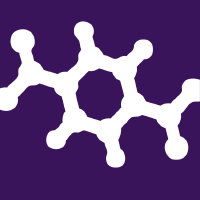Topic Menu
► Topic MenuTopic Editors




Advances in Chemistry and Chemical Engineering
Topic Information
Dear Colleagues,
The 22nd Romanian International Conference on Chemistry and Chemical Engineering (RICCCE22; https://riccce22.chimie.upb.ro/) is the main international scientific event held in Romania in the field of chemistry and chemical engineering. The aim of RICCCE 22 is to provide a forum for the presentation and discussion of the main scientific achievements made in chemistry and chemical engineering fields and to establish contacts between scientists as well as companies involved in research and development. Gathering in Sinaia, Romania, the conference brings together the most prominent scientists of the chemistry and chemical engineering research community. The 22th RICCCE conference will take place in September 2022 and, once again, will cover all major areas in chemistry and chemical engineering and feature the latest scientific results that are making an impact in fundamental research and applications. The Topics for original papers aim to cover all aspects of chemistry and include, but are not limited to, the following: 1. New developments in chemical synthesis and catalysis; 2. Biochemistry, food, and health; 3. Physical chemistry, electrochemistry, and corrosion; 4. New concepts in biochemical and chemical engineering; 5. Monitoring and environmental protection; 6. New materials and nanomaterials. We welcome you to share your up-to-date knowledge, developed by you and/or your research group, with the 22nd Romanian International Conference on Chemistry and Chemical Engineering, hoping that we will collect valuable contributions to create a unique Topic collection for MDPI journals.
Prof. Dr. Cristina Orbeci
Prof. Dr. Cristian Pirvu
Prof. Dr. Ileana Rau
Prof. Dr. Paul Octavian Stãnescu
Prof. Dr. Stefania Stoleriu
Dr. Maria-Cristina Todasca
Topic Editors
Keywords
- bioengineering
- biomass
- biopolymers
- chemical engineering
- chemometrics
- corrosion
- electrochemistry
- environmental protection
- food additives
- food authentication
- membranes
- microemulsions
- nanohybrids
- nanomaterials
- natural extracts
- optimization
- organ-on-a-chip
- oxide materials
- pharmaceutical products
- photocatalysis
- polymers
- separation
- simulation
- sorption
- spectroscopy
- sustainability
- waste valorization
Participating Journals
| Journal Name | Impact Factor | CiteScore | Launched Year | First Decision (median) | APC |
|---|---|---|---|---|---|

ChemEngineering
|
2.5 | 4.7 | 2017 | 17.2 Days | CHF 1600 |

Electrochem
|
- | - | 2020 | 22.3 Days | CHF 1000 |

International Journal of Molecular Sciences
|
5.6 | 7.8 | 2000 | 16.3 Days | CHF 2900 |

Molecules
|
4.6 | 6.7 | 1996 | 14.6 Days | CHF 2700 |

Polymers
|
5.0 | 6.6 | 2009 | 13.7 Days | CHF 2700 |

Separations
|
2.6 | 2.5 | 2014 | 13.6 Days | CHF 2600 |

MDPI Topics is cooperating with Preprints.org and has built a direct connection between MDPI journals and Preprints.org. Authors are encouraged to enjoy the benefits by posting a preprint at Preprints.org prior to publication:
- Immediately share your ideas ahead of publication and establish your research priority;
- Protect your idea from being stolen with this time-stamped preprint article;
- Enhance the exposure and impact of your research;
- Receive feedback from your peers in advance;
- Have it indexed in Web of Science (Preprint Citation Index), Google Scholar, Crossref, SHARE, PrePubMed, Scilit and Europe PMC.


